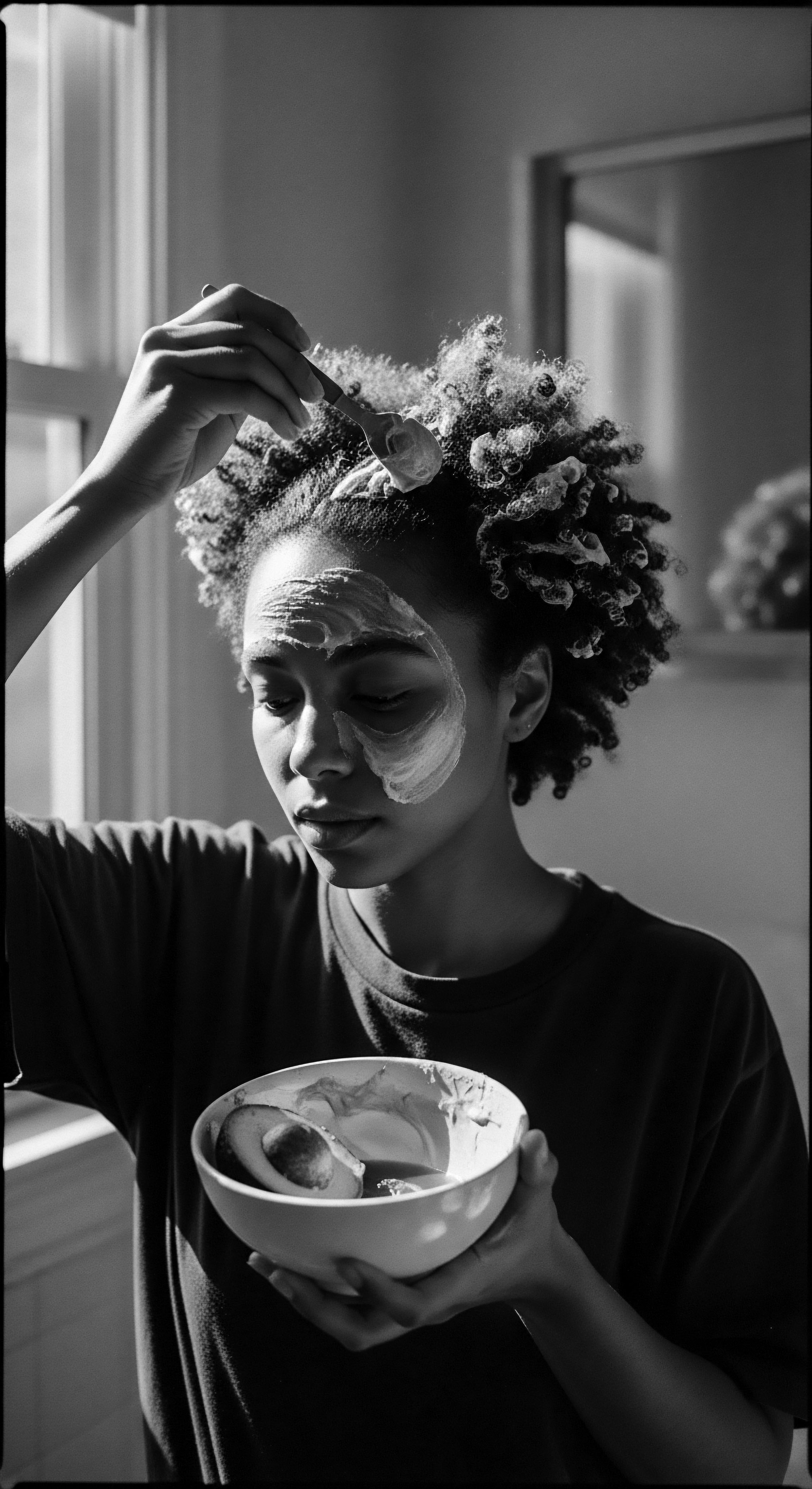
Can ancient oiling rituals offer contemporary textured hair solutions?
Ancient oiling rituals offer contemporary textured hair solutions by providing profound moisture, protection, and scalp health, honoring a deep cultural heritage.
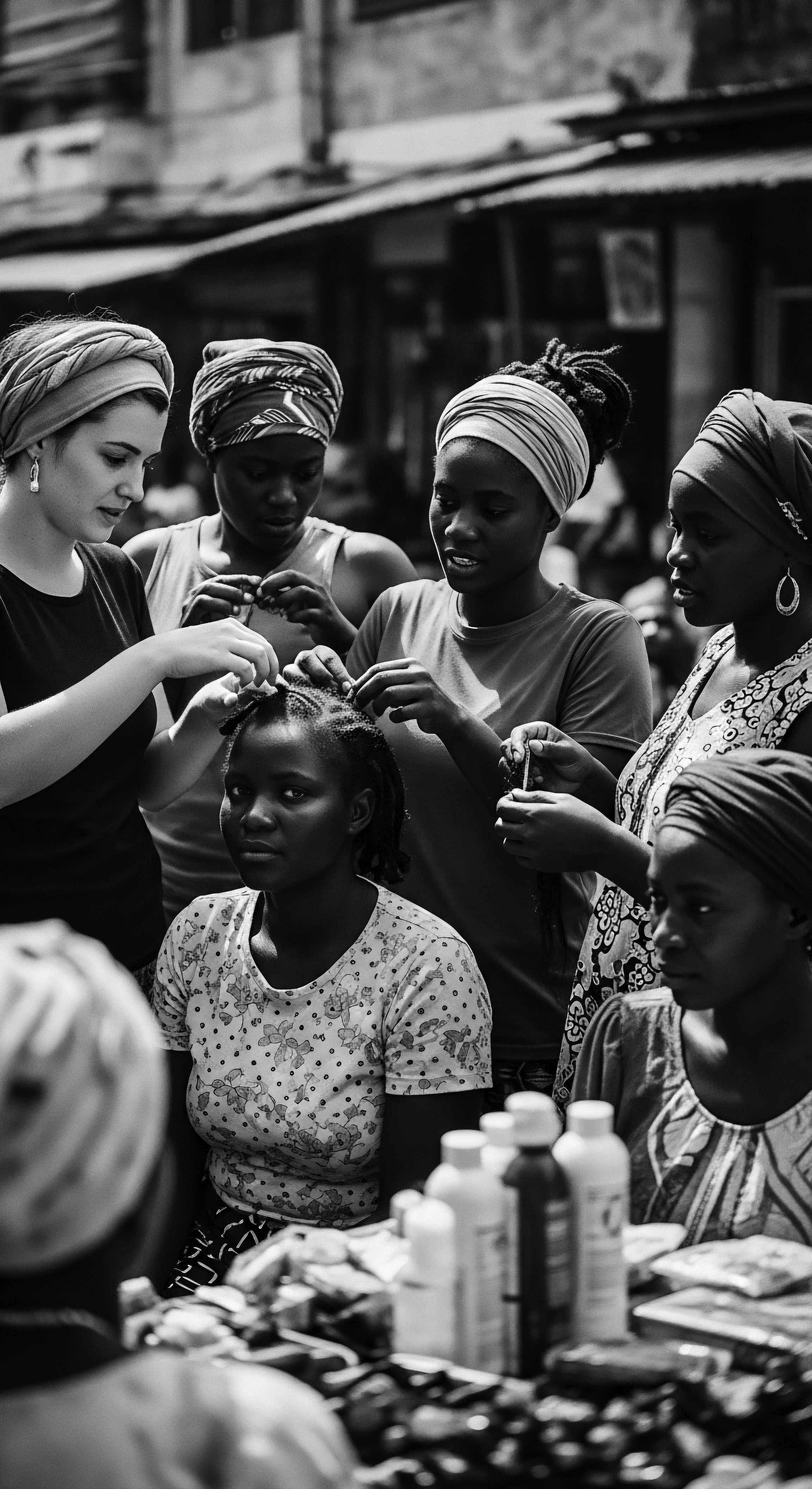
What traditional oils served historical textured hair care?
Traditional oils, from shea to coconut, were essential for nourishing and protecting textured hair across generations, reflecting deep ancestral knowledge.
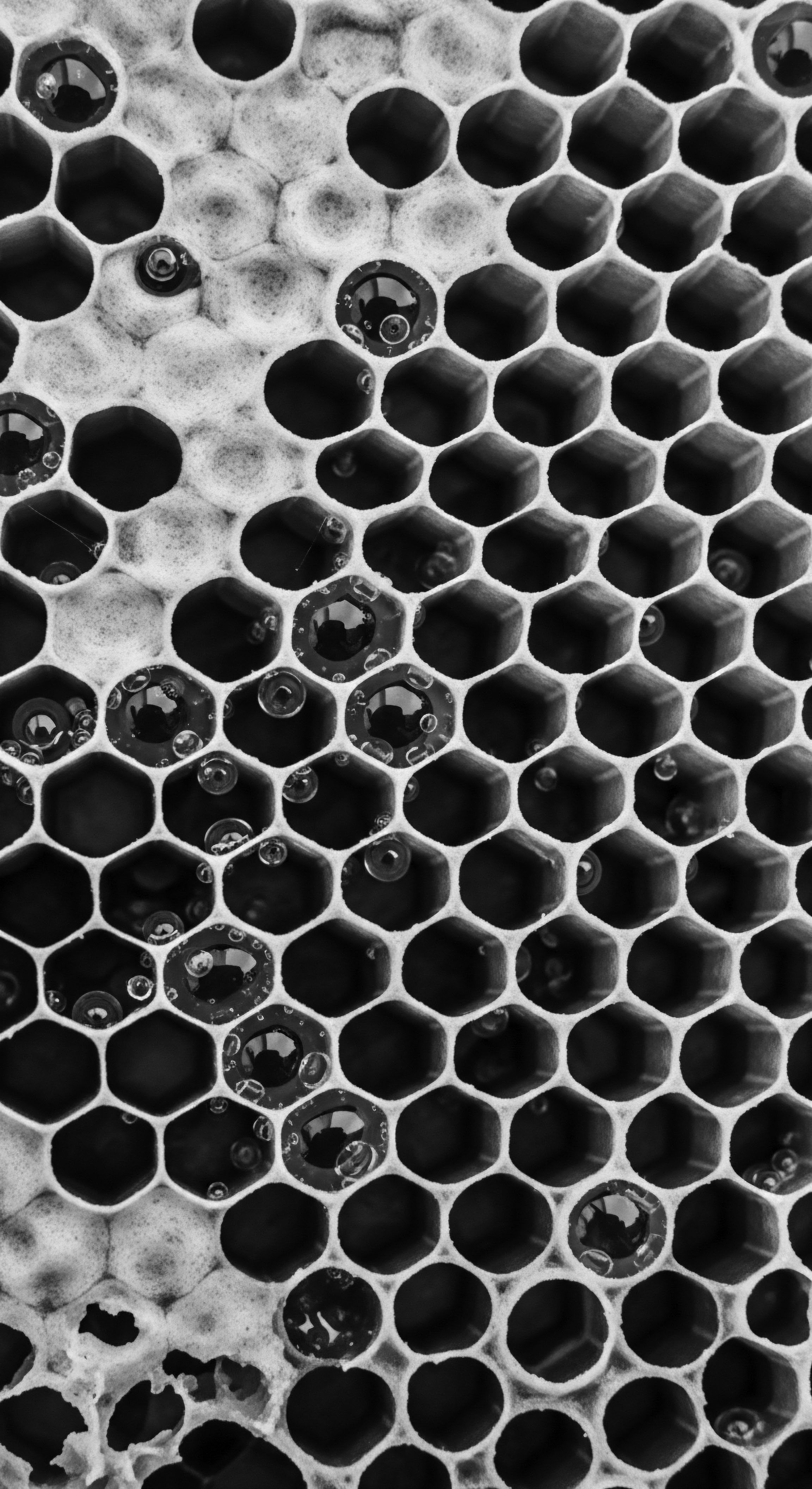
What historical examples show clay protecting textured hair from the elements?
Historical examples show clays and mineral earths protected textured hair from sun, wind, and dust, embodying deep ancestral knowledge.
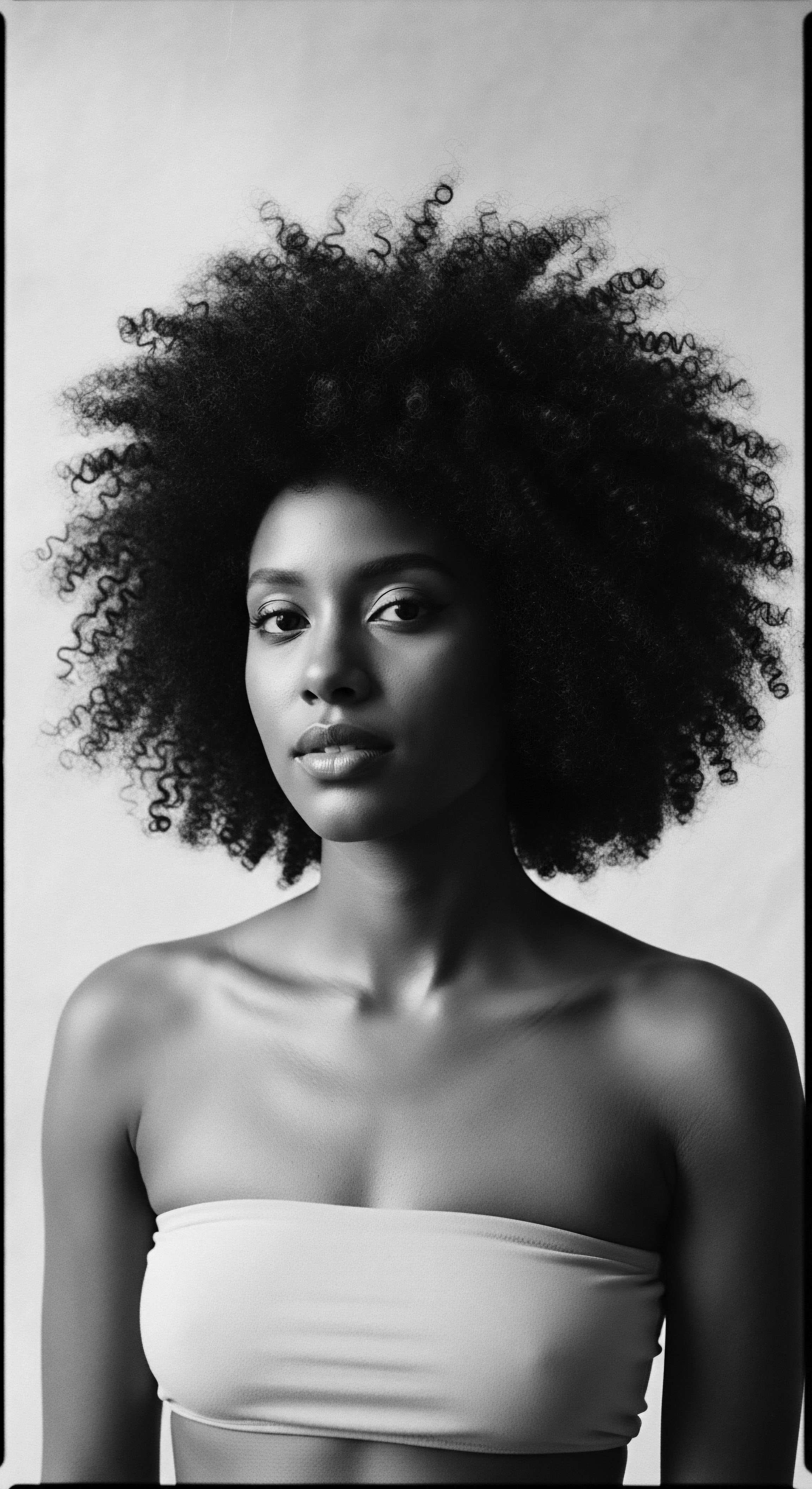
How did historical hair oiling practices preserve textured hair heritage?
Historical hair oiling shielded textured hair from environmental damage while preserving its symbolic cultural meanings across generations.
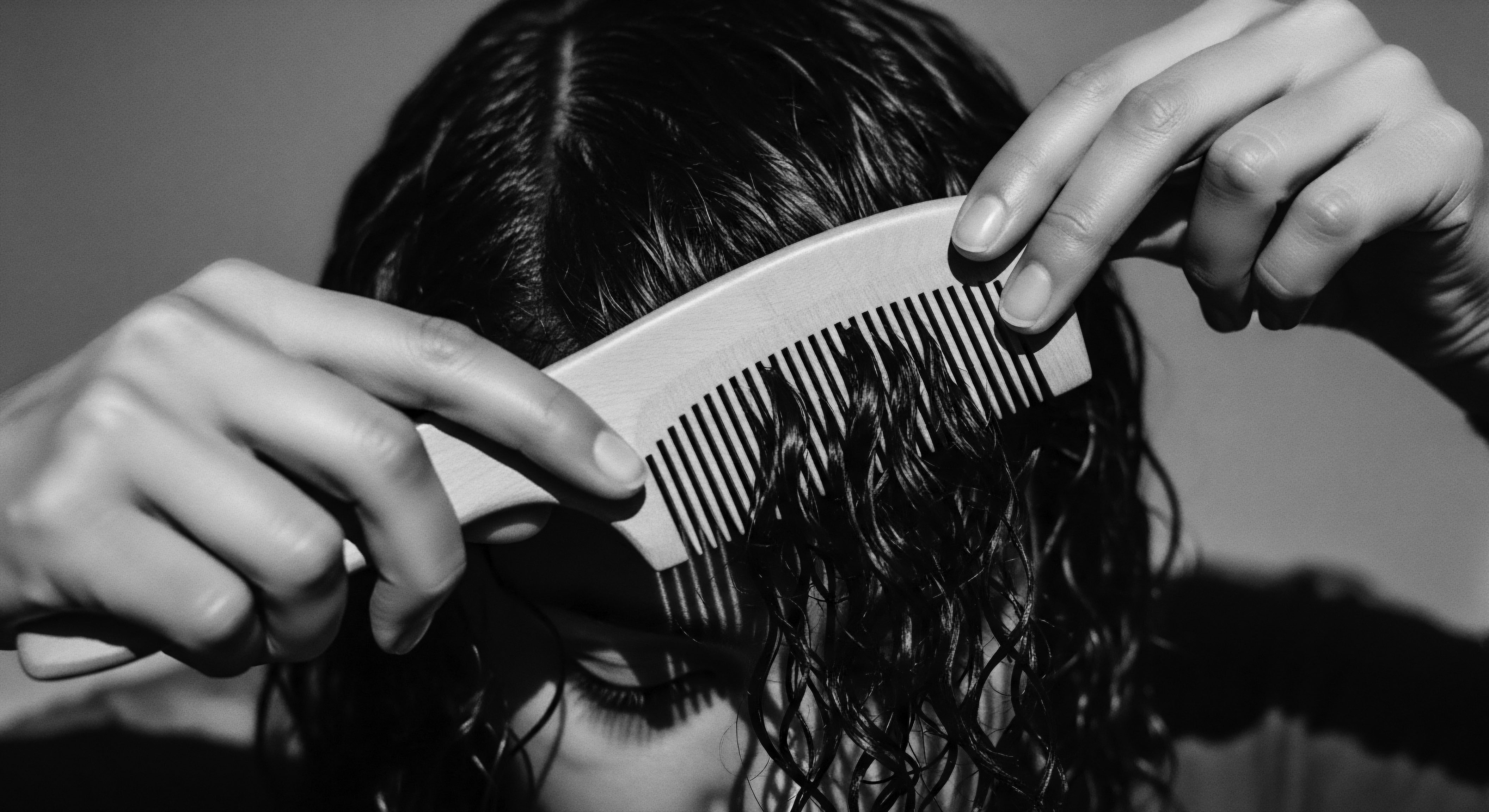
Can historical hair care practices reduce modern textured hair dryness?
Historical hair care practices offer effective, heritage-informed solutions for modern textured hair dryness through natural ingredients and protective methods.
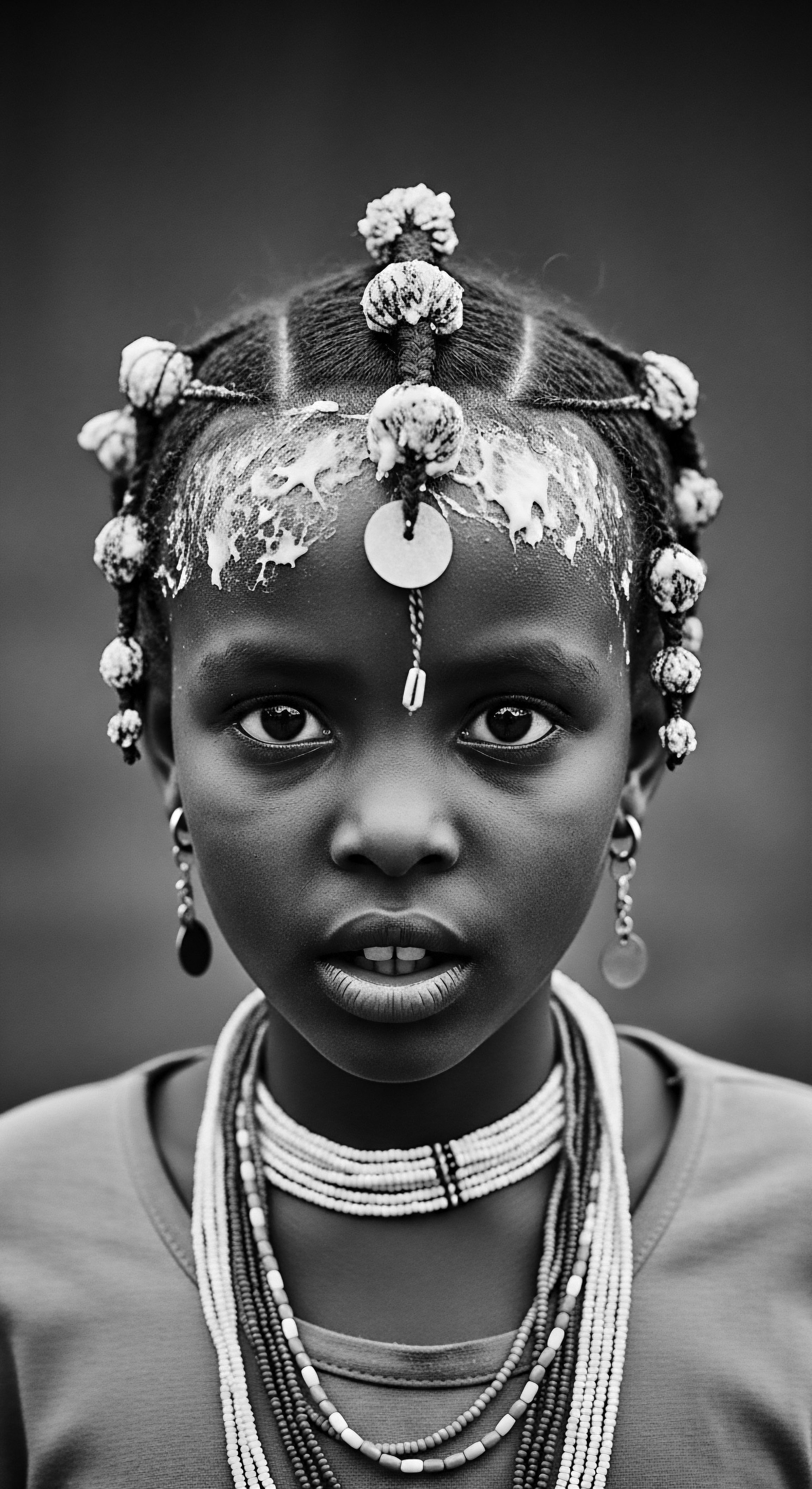
Can ancient hair covering rituals inform modern textured hair care?
Ancient hair covering rituals inform modern textured hair care by emphasizing protection, moisture retention, and deep cultural connection.
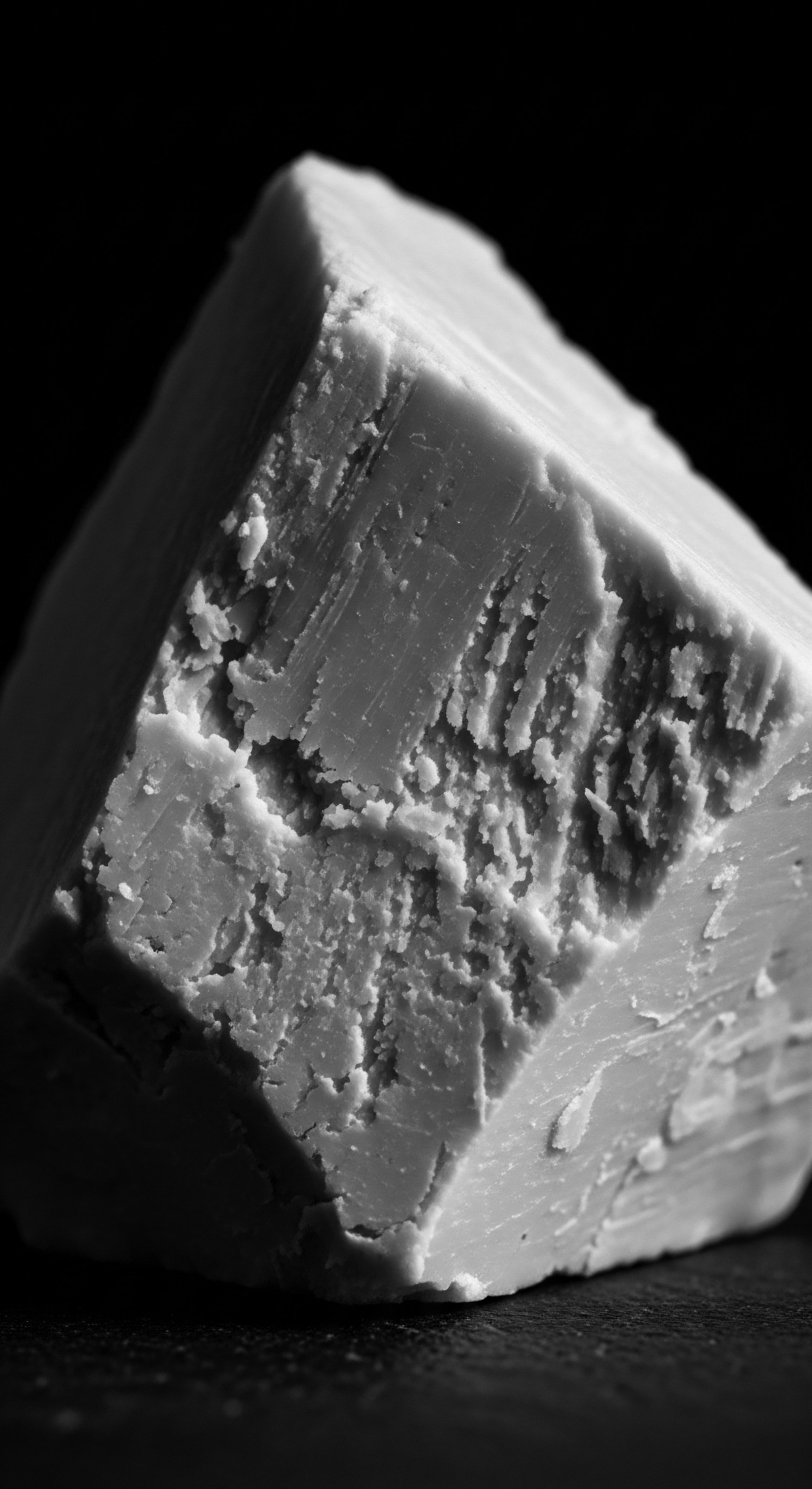
Which ancient oils protected textured strands?
Ancient peoples protected textured strands with oils like shea, castor, and olive, practices rooted deeply in cultural heritage and environmental necessity.
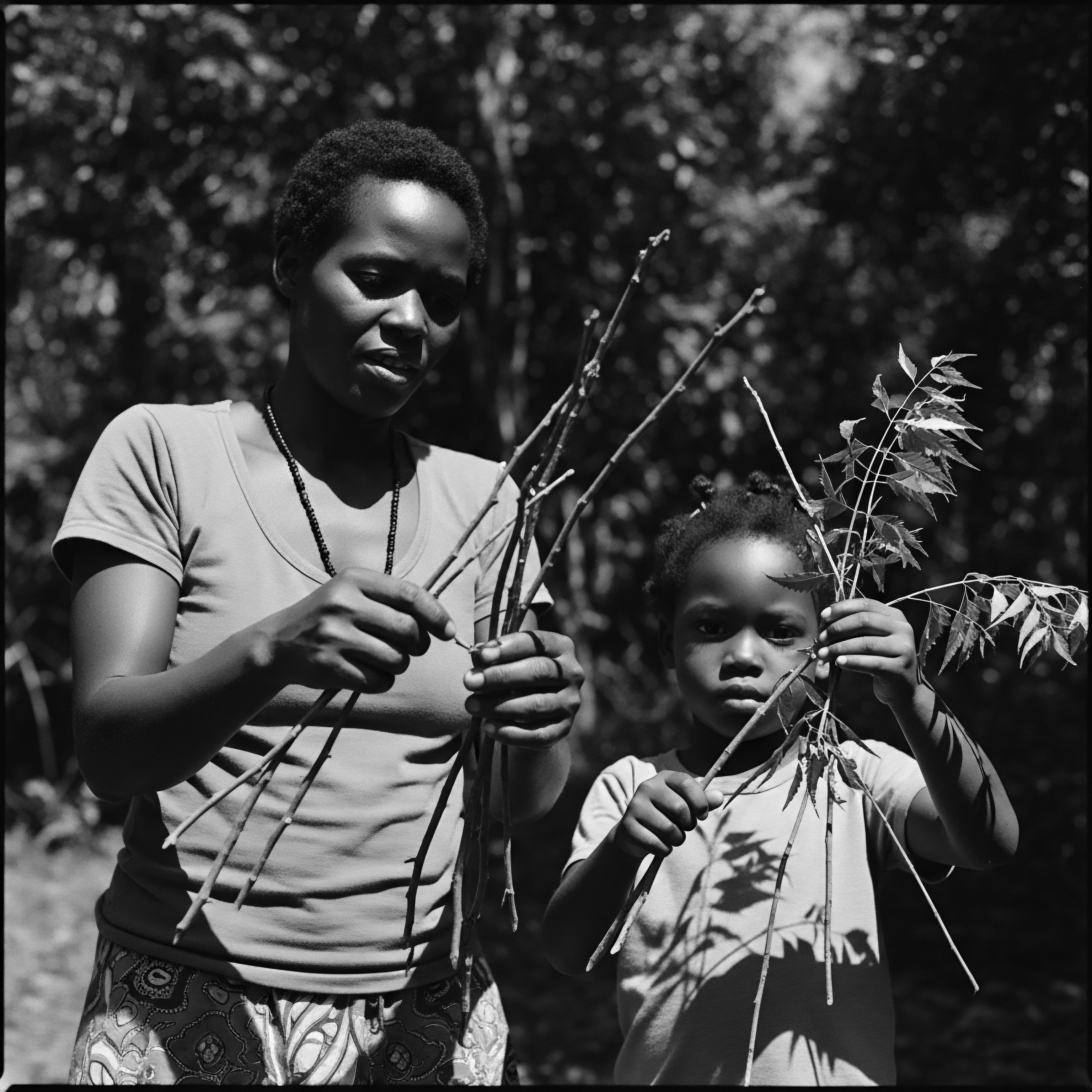
What historical care methods addressed textured hair’s moisture needs?
Historical methods for textured hair moisture often involved natural plant oils, butters, and protective styles, deeply rooted in ancestral knowledge and environmental harmony.
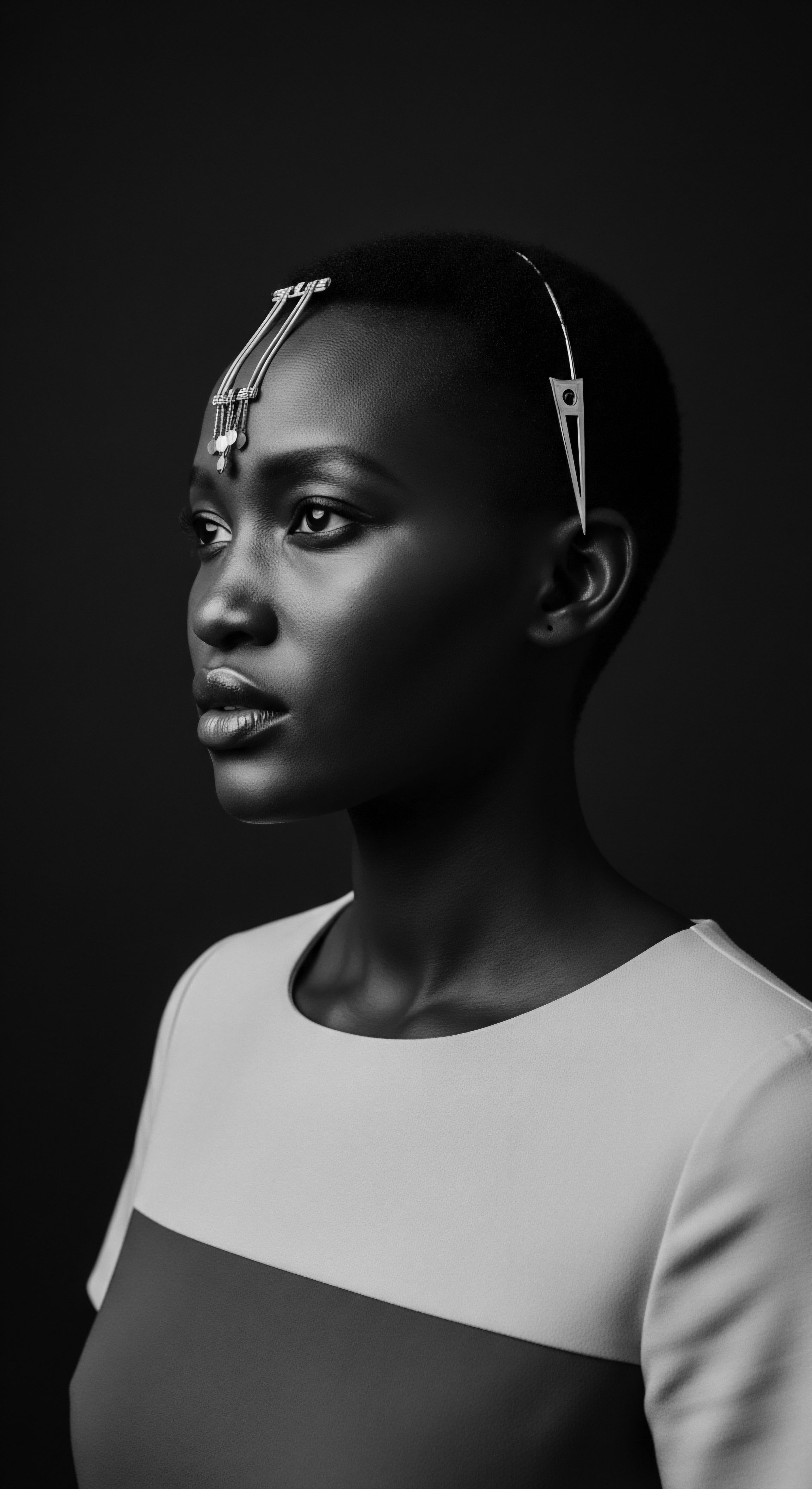
How did ancient Egyptian oils shape hair care heritage?
Ancient Egyptian oils established foundational principles for textured hair care, prioritizing moisture, protection, and deep cultural connection.
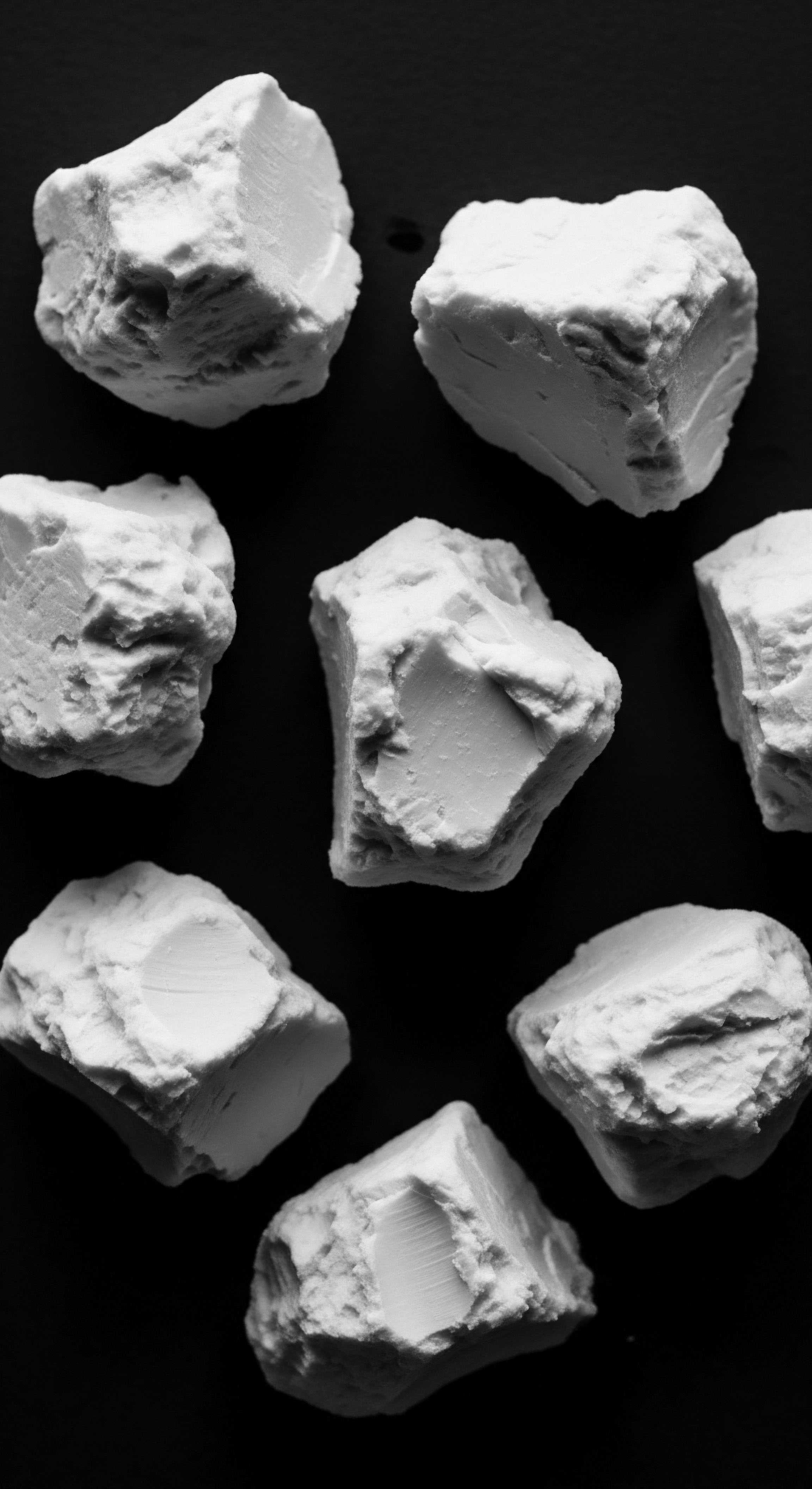
How did plant remedies protect textured hair historically?
Plant remedies shielded textured hair historically by providing moisture, sun protection, and scalp health, safeguarding ancestral strands through generations.
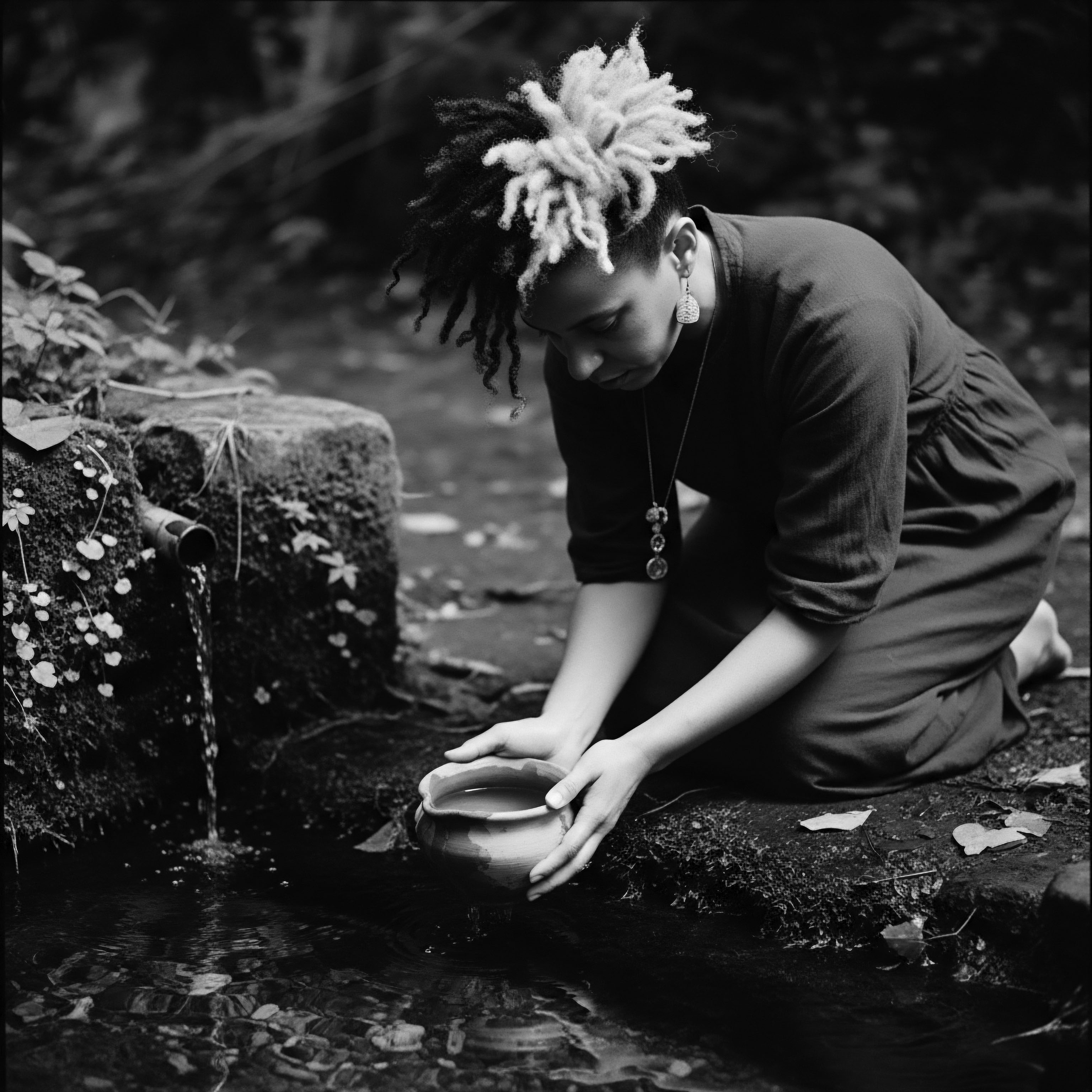
Do oils help textured hair?
Oils profoundly aid textured hair by mirroring ancestral traditions of moisture retention and protection, validated by modern science.
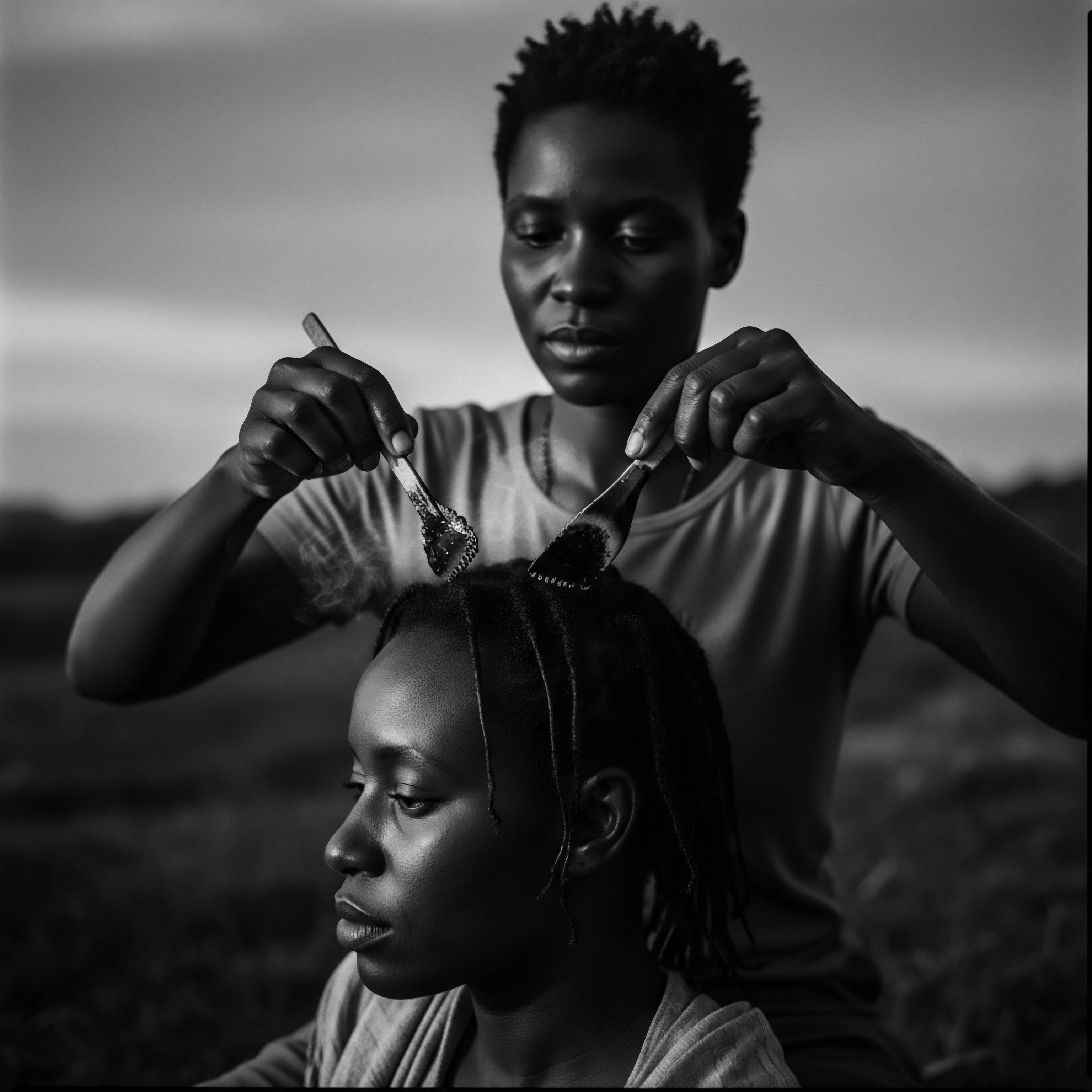
Can historical oils truly benefit textured hair?
Yes, historical oils truly benefit textured hair by offering ancestral nourishment and protection, a legacy affirmed by heritage and science.
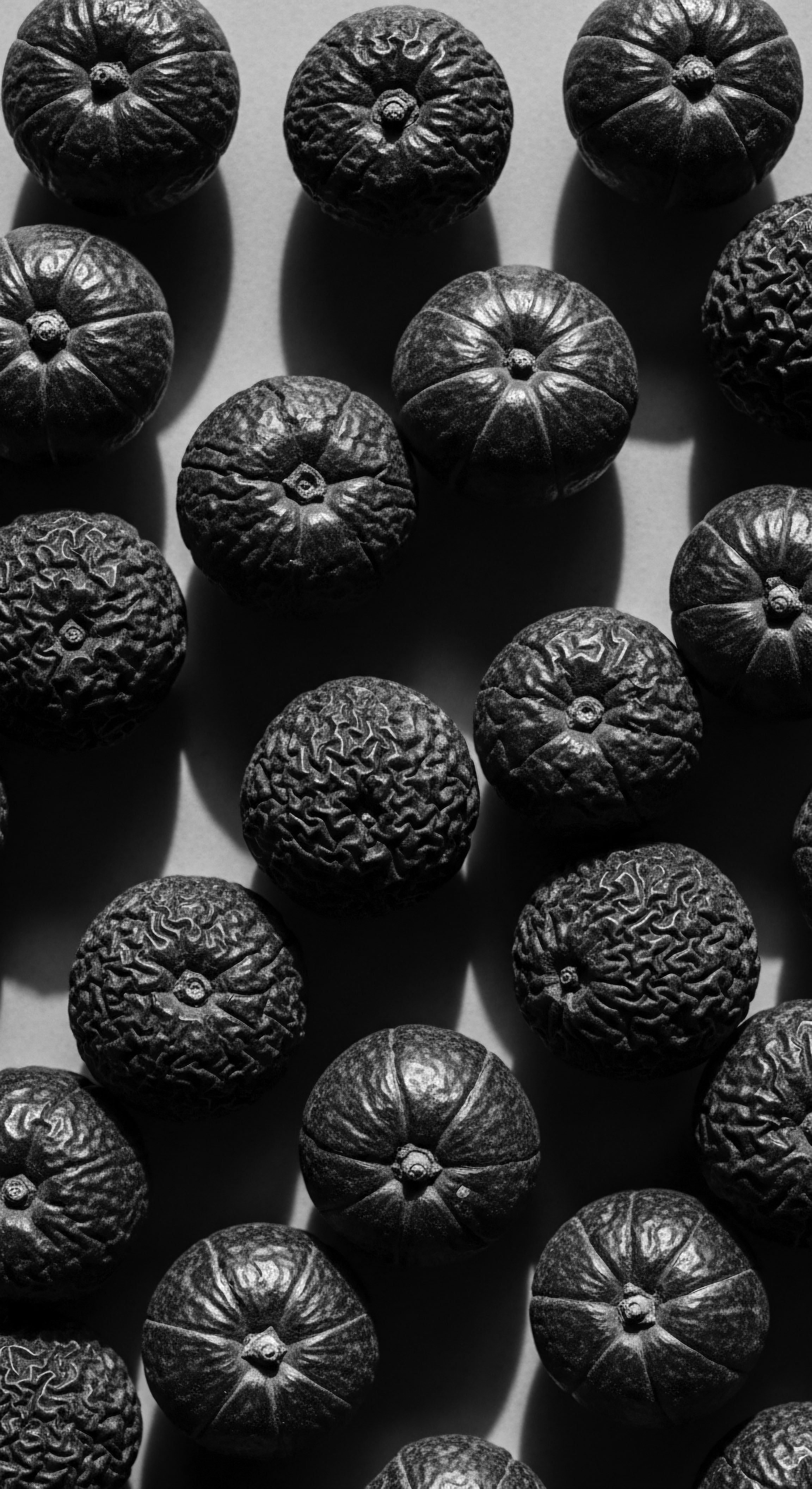
How did ancient desert plants nourish textured hair?
Ancient desert plants nourished textured hair through rich oils, protective waxes, and soothing gels, a heritage of resilience and deep botanical wisdom.
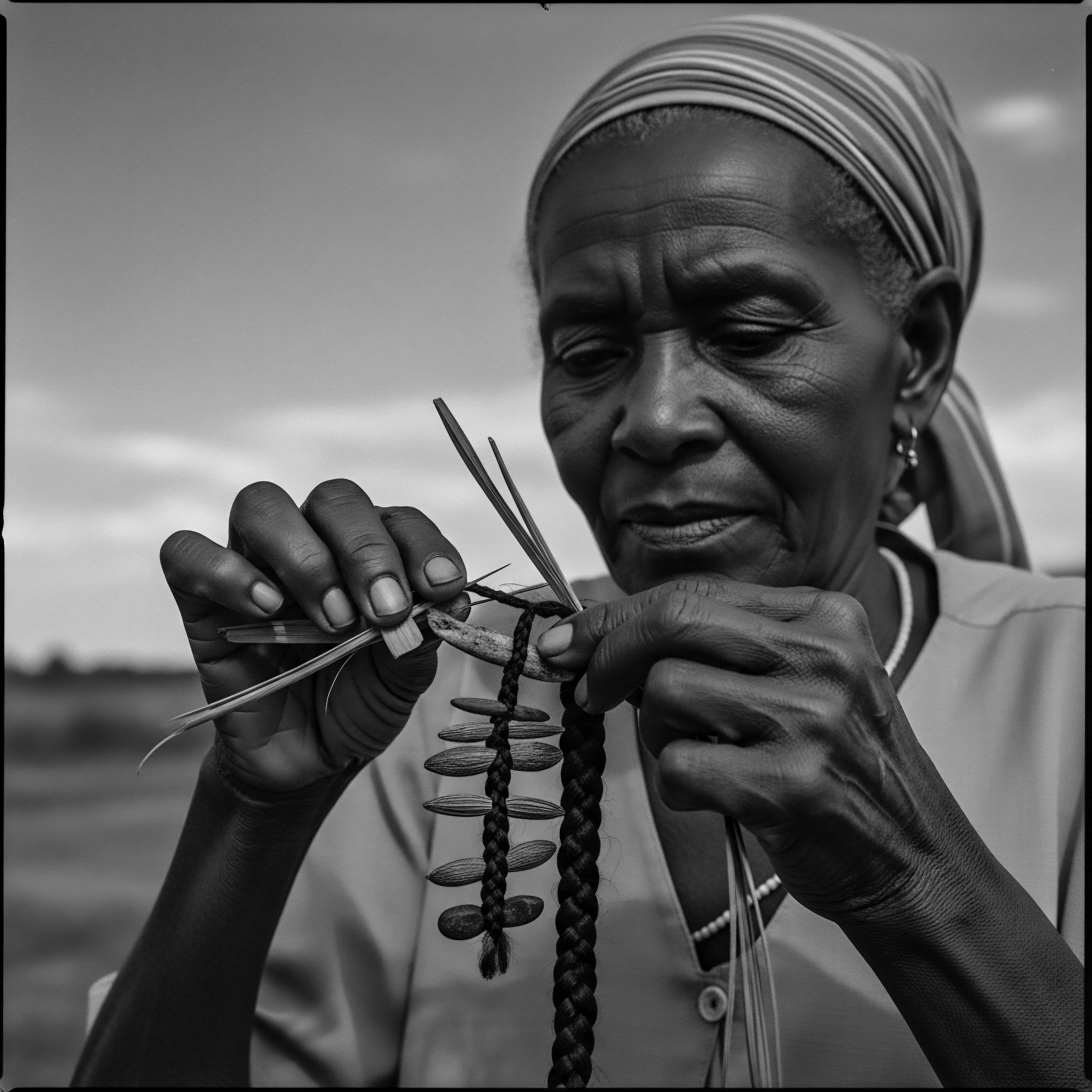
How did ancient Egyptian beauty practices connect to enduring textured hair heritage?
Ancient Egyptian beauty practices connected through vital oil use, protective styles, and scalp care, laying a foundation for textured hair heritage.

